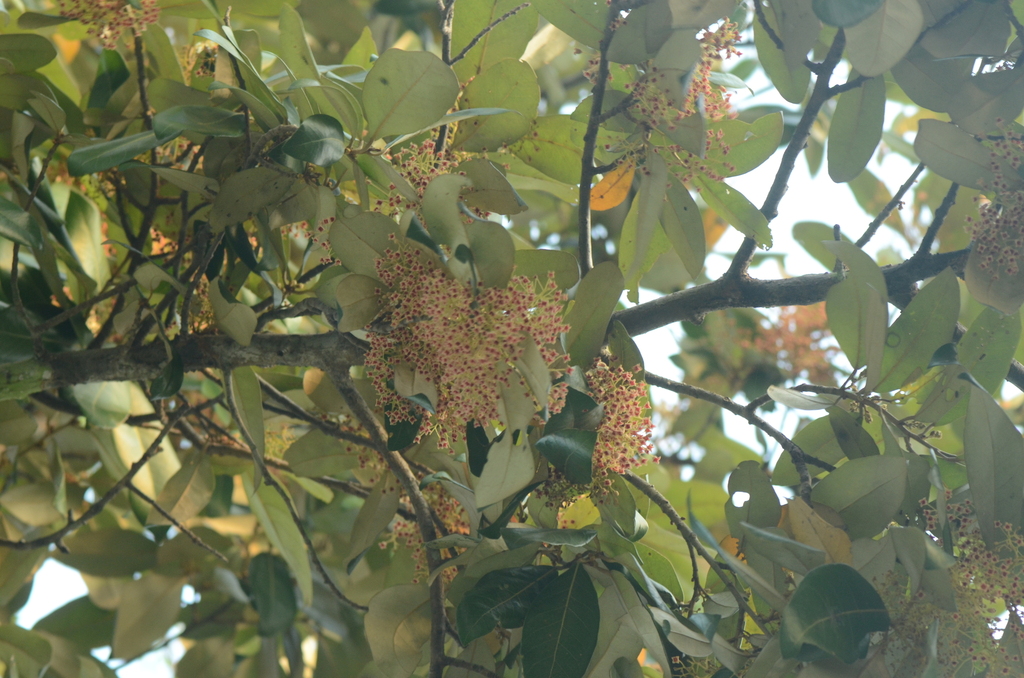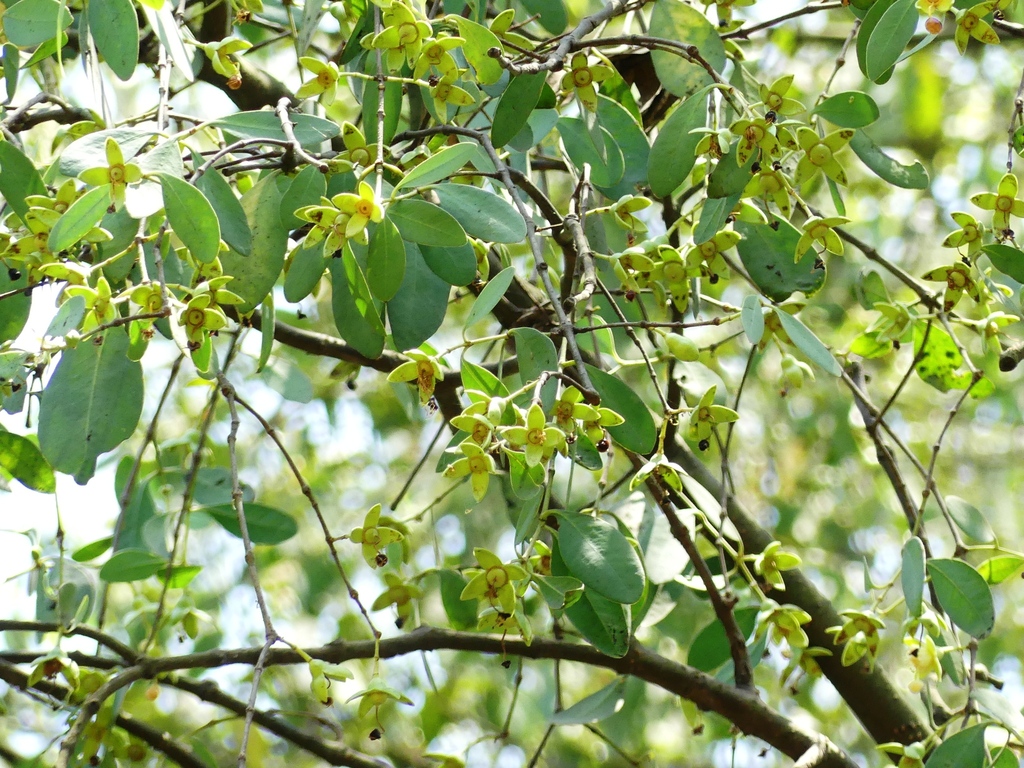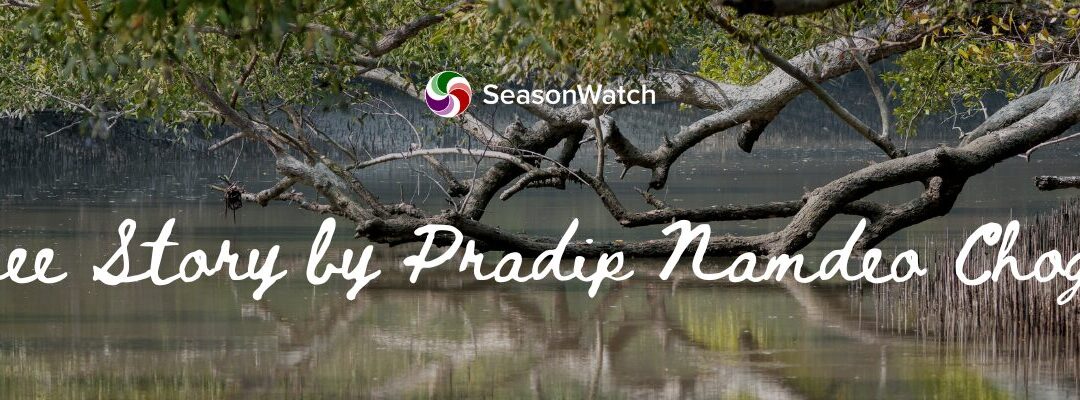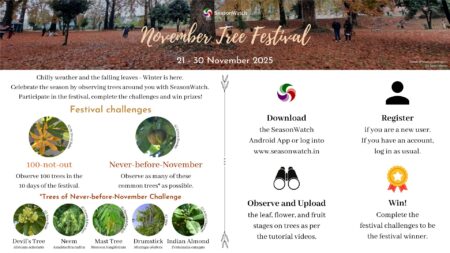The Sundarbans is a place where trees talk to the sea. Not with words, but through the silent language of seasons, salinity, and survival. As the tides ebb and flow through this labyrinth of mangrove roots, an extraordinary conversation unfolds between the forest and its aquatic visitors – especially the dolphins that call these waters home.
When summer scorches the delta from March to June, the first signs of trouble appear in the Sundari trees. These majestic mangroves, standing tall like guardians of the freshwater zones, begin shedding their leaves prematurely as salinity levels spike. Their distress sends ripples through the ecosystem. The fish that shelter in their roots retreat to cooler, fresher waters upstream, and the dolphins follow. I’ve watched Gangetic dolphins, those graceful river acrobats, abandon their usual haunts when the water turns too salty, their absence speaking volumes about the health of the forest.

Sundari tree (Heritiera fomes). Photo by Prosenjit Dawn
Then comes the monsoon, and the mangroves throw open their doors. From July to October, the Keora trees begin dropping their cannonball-like fruits into the rising tides. These sour offerings trigger a feeding frenzy – fish swarm to feast, and dolphins arrive right behind them. Local fishermen have long known this secret calendar. “Listen for the plop of Keora fruit at high tide”, an old boatman once told me, “That’s your cue to look for dolphins.” During my surveys, we’ve recorded twice as many dolphin sightings near fruiting Keora stands, their clicks and whistles forming a joyful soundtrack to this seasonal banquet.

Keora or Mangrove Apple (Sonneratia apetala). Photo by Radha Veach
As the year winds down from November to February, the mangroves dress in their winter colours. The Genwa trees turn a brilliant crimson, their fallen leaves staining the water like tea. This botanical spectacle isn’t just beautiful – it’s an invitation. Decomposing leaves attract shrimp and crabs, which in turn draw fish and the dolphins that hunt them. It’s during these cooler months that I’ve witnessed the most magical moments: a mother Irrawaddy dolphin teaching her calf to hunt among the Genwa’s submerged roots, or the rare finless porpoise venturing further into the creeks than at any other time of year.

Genwa (Excoecaria agallocha). Photo by Renju
This intricate dance between trees and dolphins isn’t just poetic – it’s vital for conservation. Protecting Sundari groves means safeguarding freshwater refuges for dolphins during harsh summers. Monitoring Keora fruiting patterns could help predict fish migrations. And every Genwa that stands tall against the tides represents a winter pantry for marine life. But this ancient dialogue is under threat. Rising seas and shrinking forests are disrupting the seasonal rhythms that dolphins depend on.
As I write this, sitting on the deck of a research boat surrounded by mangrove shadows, I’m struck by how much we still have to learn about these conversations. The Sundarbans has taught me that to protect dolphins, we must first understand the trees they listen to. Because in this watery forest, every falling leaf, every ripening fruit, every change in the water’s saltiness is part of a story – one that’s been told for millennia, but that we’re only just beginning to hear.
About the author: Pradip Namdeo Chogale is a marine biologist and conservationist studying the intricate relationships between coastal ecosystems and marine megafauna along India’s coastline.






